A fundamental idea pertaining to light-induced chemical reactions is the photochemical equivalency law, which states that for every unit of radiation received, a molecule of the material responds. The Greek letter nu is used to represent the frequency of electromagnetic radiation, and it is used to represent a quantum, which is a unit of electromagnetic radiation with an energy equal to the product of a constant (or Planck's constant - h) (v). In chemistry, gramme moles are used to indicate quantitative measurements of compounds. An individual gramme mole is made up of 6.022140857 1023 (Avogadro's number) molecules. The photochemical equivalency law may therefore be rephrased as follows: For every mole of the substance that reacts, 6.022140857 1023 quanta of light are absorbed. The fundamental mechanism of a light-induced reaction—i.e., the initial chemical change that comes directly from the light absorption—will be subject to the photochemical equivalency law. The initial process in the majority of photochemical reactions is often followed by so-called secondary processes, which are regular interactions between the reactants and do not necessitate the absorption of light. As a result, these reactions don't seem to follow the one quantum - one molecule reactant relationship. This law is further limited to conventional photochemical reactions involving light sources of moderate intensity; high-intensity light sources, such as those used in laser experiments and flash photolysis, are said to cause the so-called bi-photonic reactions, which refer to the absorption of two photons by a molecule of a substance.
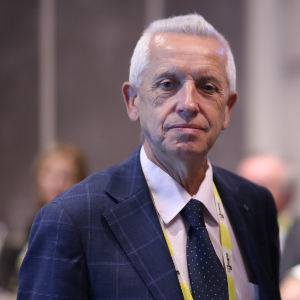
Stanislaw Dzwigaj
Sorbonne University, France
Dai Yeun Jeong
Asia Climate Change Education Center, Korea, Republic of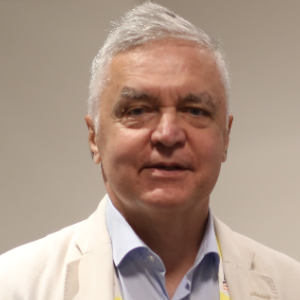
Sergey Suchkov
N.D. Zelinskii Institute for Organic Chemistry of the Russian Academy of Sciences, Russian Federation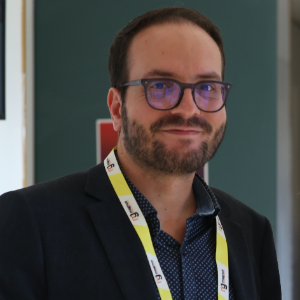
Enrico Paris
CREA-IT & DIAEE, Italy
Rabeharitsara Andry Tahina
GPCI-ESPA Antananarivo University, Madagascar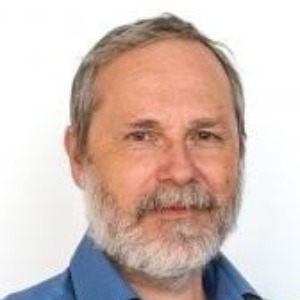
Jiri Dedecek
J Heyrovsky Institute of Physical Chemistry , Czech Republic
Uday Som
Research and Development Engineer, Japan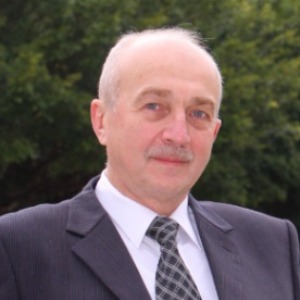
Vladimir G Chigrinov
Hong Kong University of Science and Technology, Russian Federation



Title : Distant binuclear vanadium V(II) cationic sites in zeolites and their reactivity
Jiri Dedecek, J Heyrovsky Institute of Physical Chemistry , Czech Republic
Title : Advanced nanostructures for carbon neutrality and sustainable H₂ energy
Tokeer Ahmad, Jamia Millia Islamia, India
Title : Personalized and Precision Medicine (PPM) as a unique healthcare model via bi-odesign, bio- and chemical engineering, translational applications, and upgraded business modeling to secure the human healthcare and biosafety
Sergey Suchkov, N.D. Zelinskii Institute for Organic Chemistry of the Russian Academy of Sciences, Russian Federation
Title : Antibody-proteases as a generation of unique biomarkers, biocatalysts, potential targets and translational tools towards nanodesign-driven biochemical engineering and precision medical practice
Sergey Suchkov, N.D. Zelinskii Institute for Organic Chemistry of the Russian Academy of Sciences, Russian Federation
Title : Dimethyl ether synthesis from syngas over Cu-Zn/Al2O3 catalysts prepared using the Sol-Gel method
Uday Som, Research and Development Engineer, Japan
Title : Influence of various catalysts on H₂ enhancement and CO2 capture during syngas upgrading
Enrico Paris, CREA-IT & DIAEE, Italy
Title : Photoaligned azodye nanolayers : New nanotechnology for liquid crystal devices
Vladimir G Chigrinov, Hong Kong University of Science and Technology, Russian Federation
Title : Application of vanadium, tantalum and chromium single-site zeolite catalysts in catalysis
Stanislaw Dzwigaj, Sorbonne University, France
Title : Advances in heterogeneous catalysis for green conversion of propene to aldehydes and alcohols
Ram Sambhar Shukla, CSIR-Central Salt and Marine Chemicals Research Institute (CSMCRI), India
Title : Oxidation of methane to methanol over pairs of transition metal ions stabilized in the zeolite matrices
Jiri Dedecek, J Heyrovsky Institute of Physical Chemistry , Czech Republic